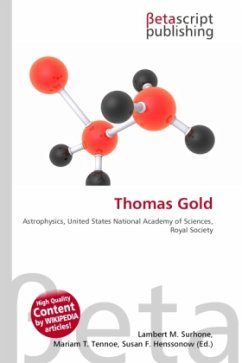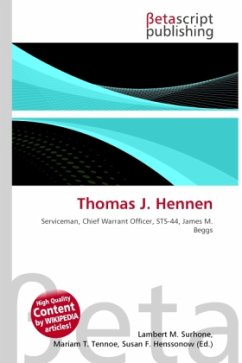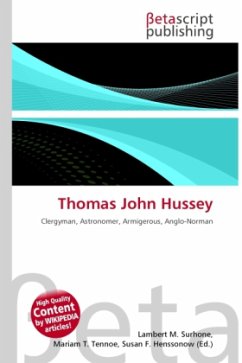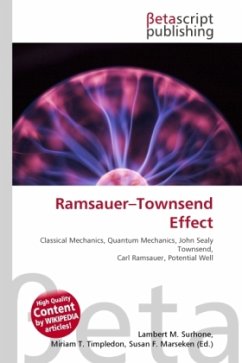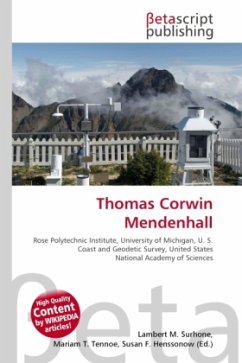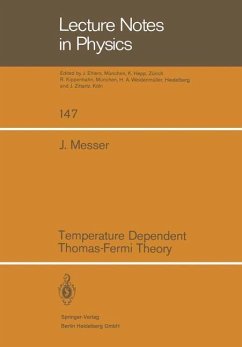High Quality Content by WIKIPEDIA articles! Thomas Townsend Brown (March 18, 1905 October 22, 1985) was an American physicist. Brown was born in Zanesville, Ohio; his parents were Lewis K. and Mary Townsend Brown. In 1921, Brown discovered what was later called the Biefeld-Brown effect while experimenting with a Coolidge X-ray tube. This is a vacuum tube with two asymmetrical electrodes. Brown noticed that there was a force exerted by the tube when it was connected to a high-voltage source. This force was not caused by the X-rays, but by this new effect. Later, in 1923, he collaborated with Paul Alfred Biefeld at Denison University, Granville, Ohio. He started a military career afterwards and was involved in a number of science programs. In 1930 he joined the U.S. Navy and conducted fundamental research in electromagnetism, radiation, field physics, spectroscopy, gravity and other topics. He later worked for Glenn L. Martin and, still later, for the National Defense Research Committee (NDRC) and the Office of Scientific Research and Development, headed at that time by Dr. Vannevar Bush. After 1944 he worked as a consultant to the Lockheed-Vega Aircraft Corporation.
Bitte wählen Sie Ihr Anliegen aus.
Rechnungen
Retourenschein anfordern
Bestellstatus
Storno


